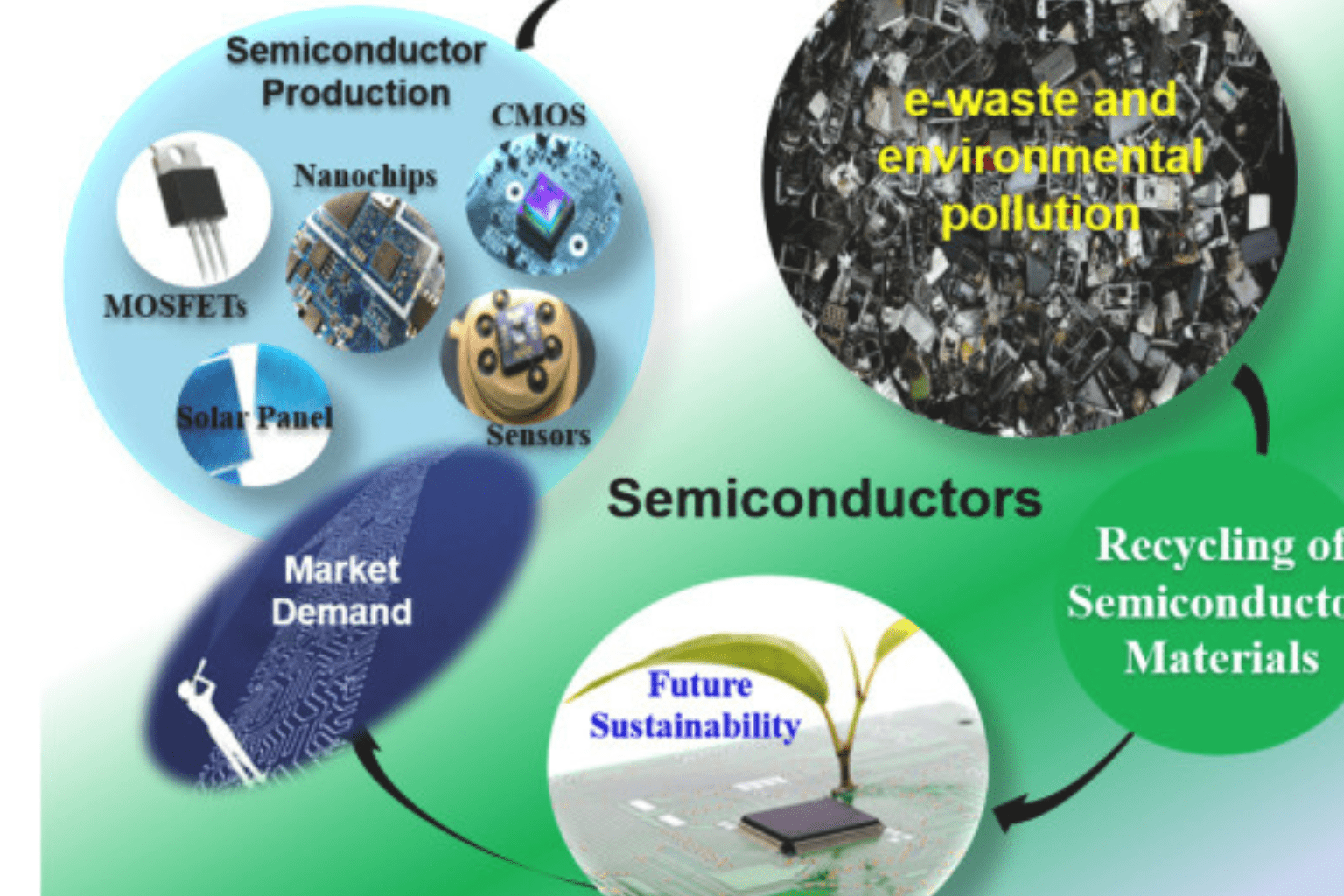Quantum computing systems are redefining how power is distributed, regulated and controlled within semiconductor environments. Unlike classical processors that operate at predictable voltage and current levels, quantum systems introduce extreme sensitivities and cryogenic conditions that challenge conventional power delivery architectures. Erik Hosler, a specialist in cryo-optimized semiconductor systems, emphasizes how rethinking voltage management is critical to sustaining coherence and control in scalable quantum devices.
Quantum platforms rely on precision, stability and isolation far beyond what traditional electronics require. This is forcing engineers to innovate not just around the quantum hardware itself but also around how energy flows through and around those systems. The evolution of quantum power delivery is reshaping the relationship between semiconductor design, packaging and control infrastructure.
Quantum Requirements that Redefine Power
Classical power delivery networks are built for speed, density and efficiency. Power flows through hierarchical regulators, integrated passives and bulk capacitors to feed logic cores, memory banks and Input/Output systems. In contrast, quantum systems typically operate at millikelvin temperatures and require ultra-low-noise environments. Even small fluctuations in voltage can introduce decoherence or measurement error.
Qubits based on superconducting circuits, trapped ions or spin states have extremely narrow tolerance windows for supply voltage. Some require voltage steps as small as microvolts or current biasing below one nanoampere. This level of control is outside the operating range of most commercial regulators, necessitating new power management solutions that operate with higher granularity and thermal isolation.
These constraints impact everything from power conversion topology to the physical placement of regulators. Engineers must balance the need for precision with the need to minimize heat generation, electromagnetic interference and physical footprint inside the cryostat.
Cryogenic Compatibility in Power Regulation
One of the core challenges in quantum power delivery is operating at cryogenic temperatures. Standard voltage regulators, even those designed for low-power applications, do not function predictably below 77 kelvin. At millikelvin ranges, common materials change conductivity, components shift parameters and energy dissipation becomes critical.
Cryo CMOS is emerging as a key technology to address these issues. These circuits are designed specifically to regulate power, switch signals and process data under deep cryogenic conditions. By integrating cryogenic power delivery on the same substrate or package as the qubits, latency and thermal leakage can be minimized.
New passive components that operate reliably at low temperatures are also being developed. These include cryo-stable capacitors and resistors with minimal temperature coefficients. These components allow fine-tuned voltage management circuits to operate without thermal drift or instability.
Minimizing Noise and Ground Loop Effects
Quantum systems are acutely sensitive to electrical noise. Voltage ripple, electromagnetic radiation and ground bounce can all degrade qubit fidelity. Power delivery networks must, therefore, prioritize isolation, filtering and grounding strategies that go well beyond conventional chip-level designs. External connections use shielded cables, twisted pair routing and ferrite beads to reduce conducted and radiated emissions. Internally, low-dropout regulators, decoupling capacitors, and shielded enclosures help stabilize supply voltages close to the qubit.
Multilayer packages are being explored to route power and ground planes with minimal impedance variation. This helps maintain voltage reference levels across the system and reduces the chance of coupling between high-speed classical logic and fragile quantum states.
Erik Hosler explains, “AI-driven tools are not only improving current semiconductor processes but also driving the future of innovation.” In quantum system development, these tools are being used to simulate power distribution at cryogenic temperatures, analyze noise sources and optimize regulator placement. This kind of data-driven modeling enables more efficient, scalable power architectures that account for both physical constraints and quantum performance.
Managing Thermal Load Through Power Design
Thermal management is a limiting factor in any quantum computer. Cryogenic refrigeration systems have extremely limited cooling capacity, especially below 1 kelvin. Power delivery solutions must, therefore, be designed to operate with minimal energy loss and heat generation. This means using high-efficiency regulators with low quiescent current, minimizing parasitic leakage and physically separating power delivery from thermal bottlenecks. Even milliwatts of excess dissipation can exceed the capacity of a dilution refrigerator, so every element in the power path must be optimized for low heat output.
Some quantum systems use staged power delivery, where bulk conversion occurs at higher temperatures and fine regulation occurs close to the qubit layer. This multi-temperature architecture helps balance efficiency with performance, routing high-power functions away from the most sensitive zones. Material selection also plays a role. Conductors with low thermal conductivity but high electrical performance, such as phosphor bronze, are used in cryogenic cabling. These choices help deliver power without creating thermal shortcuts that compromise the cold environment.
Scaling Power for Multi-Qubit Systems
As quantum processors scale from tens to hundreds of qubits, power delivery becomes more complex. Each qubit may require dedicated biasing, gating and readout circuitry, all of which must be coordinated without introducing crosstalk or latency. To manage this, modular power delivery architectures are being developed. These include programmable biasing units that can tune voltage levels for each qubit and matrixed distribution networks that adapt to circuit layout. Scalability depends on keeping these systems compact, reproducible and thermally efficient.
Digital interfaces between control electronics and power modules must also be cryo-compatible. Researchers are designing low-bandwidth digital protocols that can communicate configuration settings without warming up the quantum zone. These interfaces allow dynamic adjustment of power parameters as qubit workloads change. Wafer-level integration and 3D packaging are being explored to embed power components closer to the action. By stacking regulation and control layers beneath or beside the qubit plane, engineers can reduce wire length, improve response time and shrink the overall system footprint.
Coordinating Classical and Quantum Domains
Power delivery is one of the key interfaces between classical and quantum systems. It must enable high-performance operation on both sides without disrupting either. This coordination requires close collaboration between power IC designers, quantum physicists and packaging engineers. Tools for co-simulation of analog power networks and quantum circuits are emerging, allowing teams to analyze mutual impact during design. Thermal models now include qubit sensitivity thresholds, helping teams determine where regulation can safely occur.
Standardized power modules with cryo-tested specs are becoming available, making it easier to design repeatable systems. These building blocks are reducing integration efforts and opening the door to faster prototyping in the quantum space. Research into optical power delivery, superconducting power lines and energy-efficient quantum logic may further reshape how energy flows through next-generation quantum machines.
Powering the Next Era of Quantum Design
As quantum computing matures, power delivery will be as much a defining feature as qubit fidelity or gate speed. Without stable, efficient voltage management, no quantum system can function on a scale. Innovations in cryogenic regulation, low-noise layout and modular distribution are making it possible to bridge the classical-quantum divide with energy-aware design.
Engineers are reimagining how to deliver power not just where it is needed but how it is shaped, shielded and synchronized. These breakthroughs will be critical to unlocking the performance and scalability required for commercial quantum computing.

